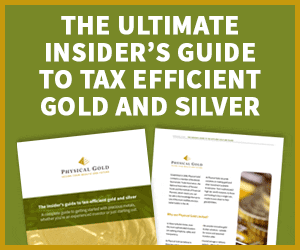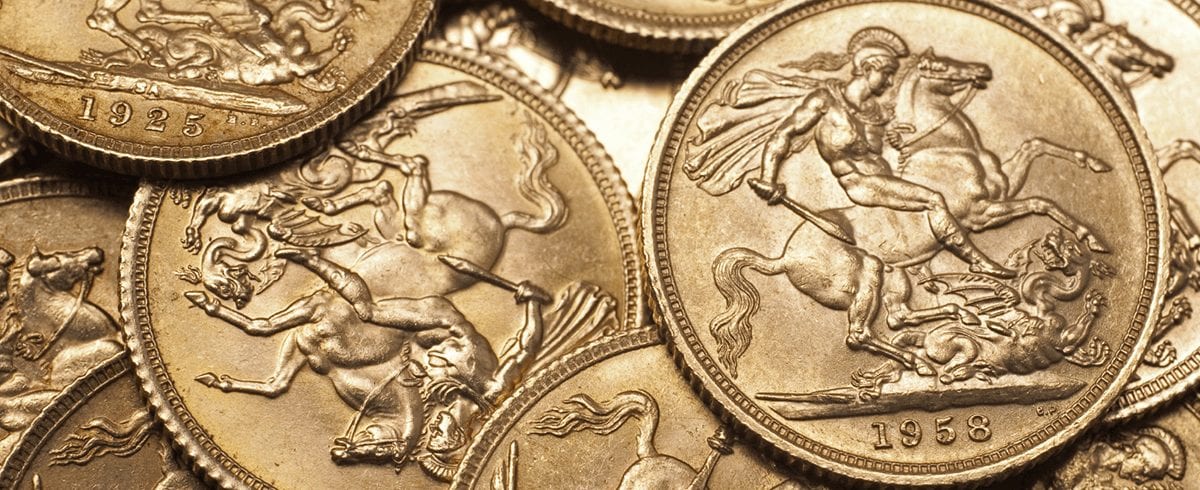Guides
Gold & Silver Jargon Buster
Jargon Buster
A guide we have put together to help understand – gold jargon, gold lingo, gold terminology, gold terms, gold definitions, investing jargon, silver jargon, silver terminology and silver terms.
As an investor keen on investing in gold or silver, it’s important to be up to date with silver and gold terminology. The precious metals market has several such terms, which it would seem are known only to savvy investors. When trading in gold and silver, we need to be aware of these terms as parties we deal with, such as gold investment brokers, financial advisors, numismatists, all use these terms in one way or the other when dealing with clients. There are key terms to be aware of, for example, gold and silver are measured in troy ounces. The troy ounce is not the same as a regular ounce. A troy ounce is 31.103 gms. This means a troy ounce is 1.09 regular ounces. This is an interesting example. Often, investors buy a 100-ounce gold bar. They would expect that it weighs 6.25lbs on the scale, but when it shows 6.85lbs, it often leaves them confused.


Similarly, there is a difference between sterling silver and pure silver. Pure silver, otherwise known as ‘fine silver’ is the purest form of the white metal available in the industry, which has a purity of 99.9%. However, the problem with using fine silver to manufacture jewellery or silverware is that it’s way too soft and malleable. These items, which enjoy high demand from customers require a much harder version of silver that can hold shape, as well as provide a durable, shiny exterior. After all, the lure of silver is in its shine and sparkle. So, manufacturers use another form of silver, called sterling silver, which is, in fact, an alloy. It’s only 92.5% pure silver, while the other 7.5% consists of base metals.
Decoding the jargon
Every trade has its own technical language that we often call lingo or jargon. Have you ever heard two doctors having a conversation? They usually use a lot of words which are a part of medical terminology, and they look like they perfectly understand each other. However, it can be frustrating for a layperson, to whom it all sounds like double Dutch. Now, as an investor, you need to learn the precious metals business first. How else are you going to make money out of it if you don’t understand it in the first place? So, you need to learn the language of the trade. The minute you do that and go have a conversation with a gold trader, you will be taken seriously right away. Now that you speak the language, you’re one of them and you won’t be treated like a novice.
Gold and silver terminology also comes in handy when doing your own research. All investors do their research on the market before making purchase decisions. Familiarity with investment-related jargon is essential for you, especially if you’re new to investing in precious metals.
Learn all about jargon by watching, “Gold & silver investment jargon explained”
Call our team of consultants to learn more
At Physical Gold, our team of consultants are ever ready to guide investors just like you in learning more about the market. We believe that savvy investors are important in creating a balanced marketplace. Call us on 020 7060 9992 or contact us via email to connect with one of our consultants. We will try our best to avoid unnecessary investing jargon!
An A-Z Glossary of Terms for Gold and Silver
Listed below is an A-Z of many gold and silver terms you will find in the gold and silver industry. These are arranged in ascending alphabetical order.
A – B
C – G
These are coins minted for each Chinese New Year by the Shanghai Mint. These have been minted each year since 1981 and are available in gold, platinum and silver. The reverse of each lunar coin depicts the zodiac animal for that lunar year, whereas the obverse reflects an image of cultural significance in China.
This is a naturally occurring gold and silver alloy, which also contains trace elements of other metals (e.g. copper).
Exchange-traded funds or ETF’s are another way to buy gold without physically owning them. The funds are managed by fund managers who have proven expertise in the gold market, so the assumption is that they would know better about trading in gold than an ordinary individual. When buying an ETF, you buy units in an exchange-traded fund, and as the fund performs better, the value of your units goes up. However, it’s important to research the fund before putting your money into it. Many funds have different expense structures and it’s important to understand these properly. The liquidity of the fund is also important, as many funds sell their units without backing them properly buy gold. This can cause problems later on if several investors start selling their units, the fund may not have enough assets to back themselves up.
A future is a financial product where you take a product position now, and the settlement date is a pre-decided date in the future. This means that you don’t have to pay for the entire amount at this point in time and the seller also doesn’t need to deliver any gold to you. Many investors speculate on gold future trades, in an attempt to buy and sell before the delivery date and simply pay out their gains and losses. You need to pay a margin when buying a gold future. A margin is a down payment that locks you into the deal, reassuring the seller that you will not walk away. One needs to be aware that if the price of gold falls during that period, the margin needs to be topped up.
A SIPP is a self-invested personal pension plan. Gold can be part of this plan as an investment and SIPP options are available with physical gold. SIPP plans in the UK are capital gains tax-free in addition to which the government might pay up to 45% of the cost of your gold investments. The important thing to note is that the gold will not come to you physically and will be held by your pension fund. There are also certain administration fees that you may need to pay to your pension fund when you invest in such a scheme.


H – M
An ingot is a form of gold bar, which gets its name from the mould in which the bar is cast
This is a wholesale market trading in gold and silver, which is over the counter. Members of the LBMA are usually refiners are bullion dealers, activities are overseen by the Bank of England


N – Z
The Nugget is the Australian one ounce 24 karat gold coin, first produced in 1986. A gold nugget is also a form of naturally occurring gold in its non-refined state, e.g. as found in a gold mine.
An asset which is tangible i.e. is capable of being felt or touched, something which has real substance and is not imaginary. Hence the name of our Company, Physical Gold.



